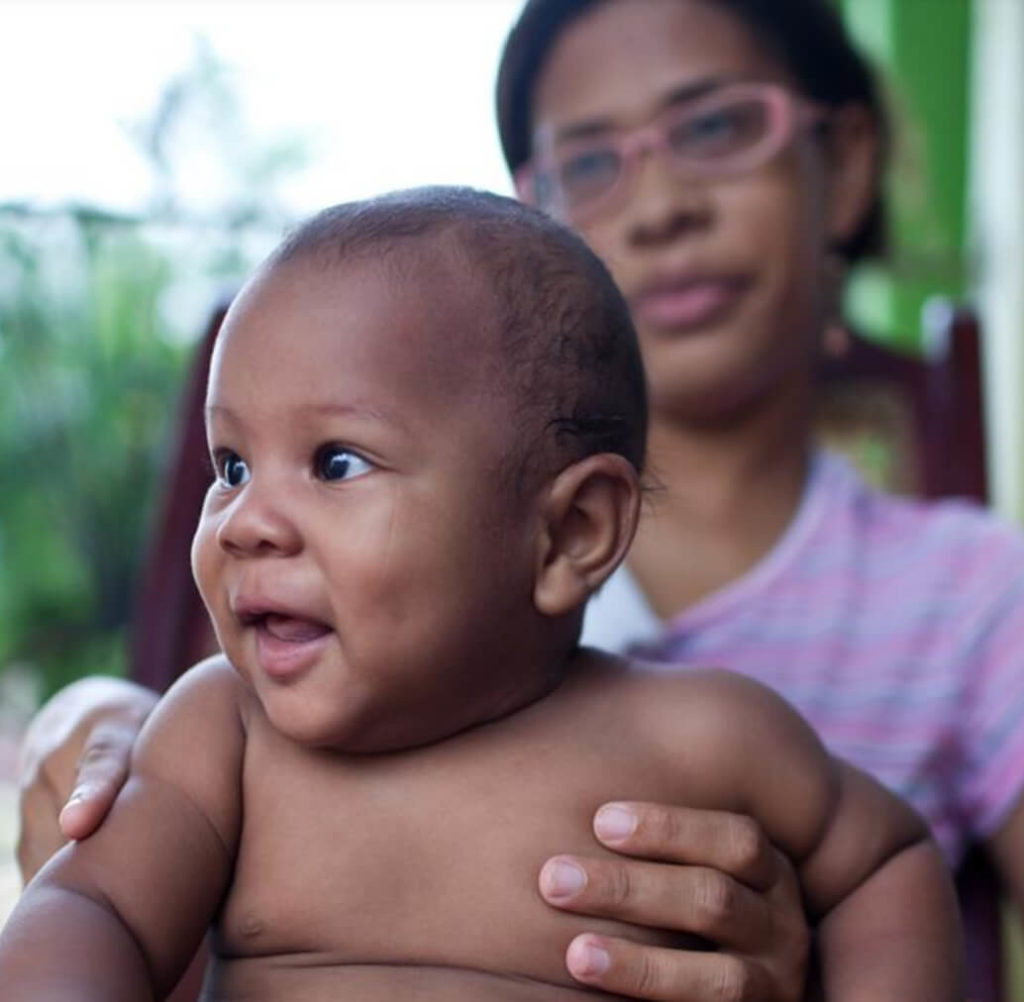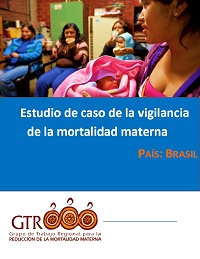Case Studies on Maternal Death Surveillance and Response
Case Studies on Maternal Death Surveillance and Response

Para ver esta página en español y descargar los estudios de caso, hacer clic aquí.
Of the almost 5 million women that experienced complications during pregnancy and childbirth around the world, 303,000 died in 2017. This represents an estimated global maternal mortality ratio (MMR) of 216 maternal deaths per 100,000 live births, a reduction of 44% from 1990 (385 per 100,000 live births) (WHO, 2015).
In Latin America and the Caribbean (LAC), the estimated maternal mortality ratio in 2015 was 59 deaths per 100,000 live births (PAHO/WHO). Thirteen countries in LAC have MMRs above the regional average: Bahamas, Brazil, Colombia, Guatemala, Haiti, Jamaica, Paraguay, Dominican Republic, Saint Kitts and Nevis, Saint Martin, Suriname and Venezuela. However, the actual number of deaths is most likely significantly higher due to under-registration and given that several countries with high mortality ratios, have not presented data over the last 5 years. Overall, the LAC region has seen a reduction of its MMR by 39% between 1990 and 2015 (WHO, 2015).
Efforts to strengthen data and accountability, especially in recent years, have helped fuel this improvement. Developing evidence-based care which responds to factual, timely and disaggregated information on how many women die, where, why and when in the reproductive process are essential steps in an effective epidemiological surveillance cycle that helps to prevent future deaths. However, much more is needed, particularly in terms of implementing comprehensive maternal death audits, understanding the cause of death and making structural health systems changes to avoid similar deaths in the future.
In 2015, the Regional Task Force for Maternal Mortality Reduction (GTR) released an updated version of the Guidelines for Maternal Death Surveillance and Response in the Americas to assist national efforts to identify and timely notify all maternal deaths, followed by review of their causes (maternal death reviews) and the implementation of actions to prevent future deaths. To complement these guidelines, case studies were conducted in five countries in the region which have made the greatest strides in improving their maternal mortality surveillance and response systems: Brazil, Colombia, El Salvador, Jamaica and Mexico.
The case studies presented are meant to accompany the guidelines. They present the maternal morbidity and mortality landscape in each of the five countries, along with describing the surveillance system structure and the system’s strengths and challenges. The case studies are targeted to maternal mortality surveillance systems managers, and are meant to foster greater national proficiency in maternal morbidity and mortality monitoring and response.
